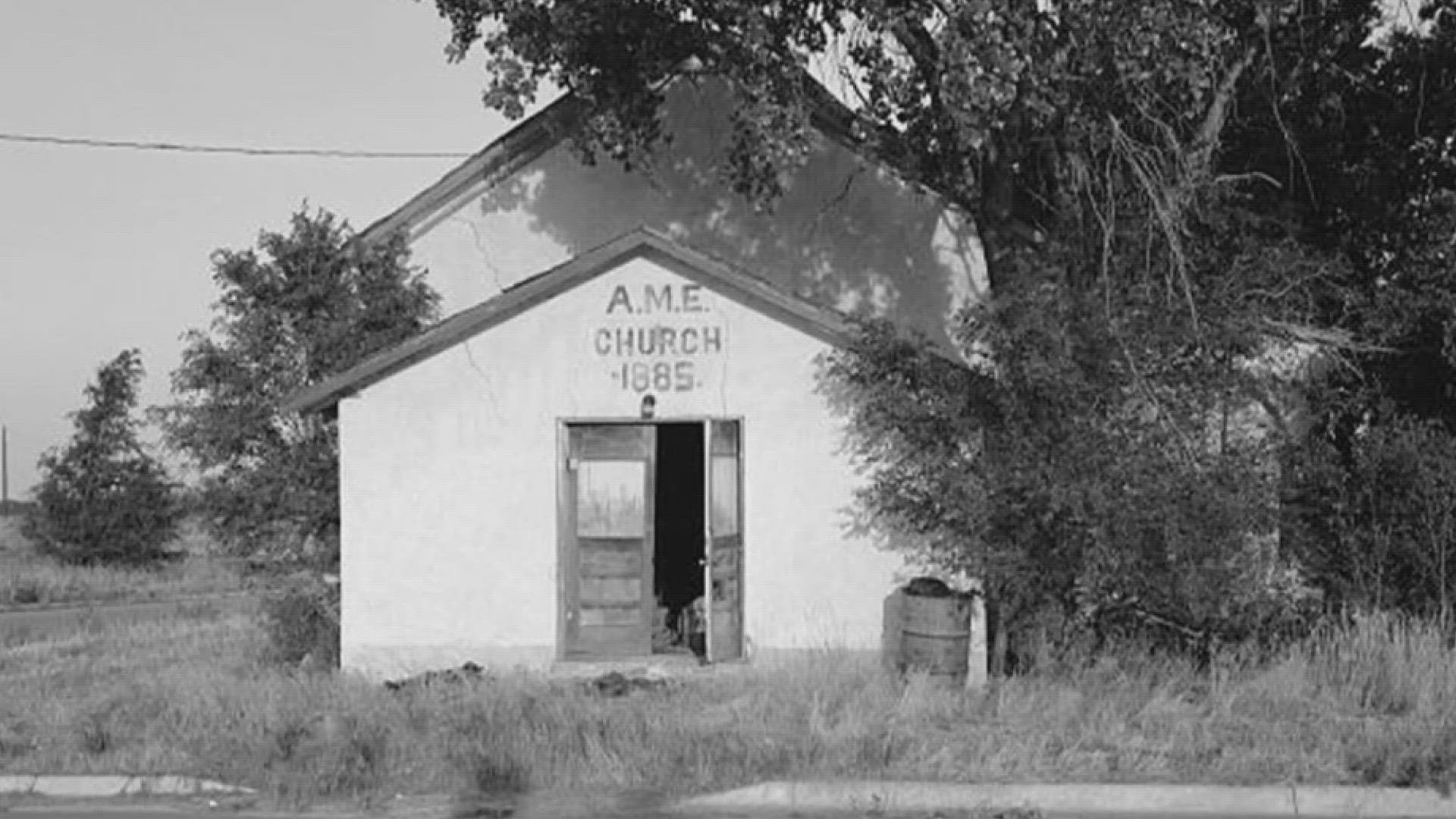RANDOLPH, Arizona — Just off Highway 87, south of Coolidge, you can see the signs of Arizona’s Black history. Street names of civil rights icons like Malcolm X, Kennedy, and Martin Luther King Jr. mark the town of Randolph, which is only about seven football fields in length and three across.
It was one of the only places in the 1920s-1930s where African Americans could buy land, and at its peak had about 700 residents— mostly Black and Latino.
“When I was growing up, all I saw was African Americans, Black people," resident Gussy Taylor said. "Everybody looked after each other, everybody supported each other and it was it was such a... such a beautiful place.”
But today, Randolph remains unincorporated. There are no street lights and all the gas stations and stores are closed down. That isn't stopping a few Arizona residents from fighting to revitalize the once-bustling town.
'They needed a lot of cotton pickers'
From the 1910s to the 1970s, several million African Americans fleeing oppression in the southern U.S. headed north and west looking for opportunity.
That included the family of Ron Jordan.
“It started when all the family left Arkansas to come to Arizona," Jordan said. "They came here at that time because there was an advertisement posted out. They needed a lot of cotton pickers. When they got here, it was easy to find living quarters— basic cabins they lived in because the farmers had built these places for the people to live."
The cotton industry was booming in Randolph. Developers hoped it would become a major trade industry between Tucson and Phoenix.
Randolph was supposed to be a huge community, projected to be the size of Mesa or Phoenix, with fertile land from water from the San Carlos Lake and the nearby railroad.
“And as time went along, it didn't happen," says Jordan.
14 acres of land for $600
At the time, most African Americans were not allowed to buy land but in Randolph, which had to change. Not enough white people were buying, so developers were pushed to sell the land to Black residents. This made Randolph one of the only places in Arizona where African Americans owned property.
Ron Jordan's father, known as Preacher Jordan, paid $600 for 14 acres of land to start his own cotton contracting business. He employed hundreds of Black workers passing through Arizona, including Ron Jordan and his ten siblings.
“They gave you a small sack and you go out there and you pick the gun and put it in, put it in there, and then take it up to the trailer and they add weight and you got three cents a pound,” Ron Jordan said.
About 700 people were living in Randolph at the time. The area was still segregated. Whites lived west of Highway 87 and Blacks to the east.
“Back in those days, everybody helped each other," Ron Jordan said. "If you had a project at your home to do, everybody jumped in and helped. The ladies would make food afterward and you eat. We had one set of tools for Randolph. Everybody shared them, and they knew where those tools were."
Eventually, the modernization of the cotton industry would replace the workers in the field.
“It was hard. It was hard. So many of them moved out,” Taylor said.
Today, there are no street lights. All of the gas stations and stores closed down, but Jordan and Taylor try to preserve pieces of Randolph's Black history while also fighting for its future.
A $23 million promise
In 2020, SRP, Arizona's largest utility company, pushed to expand a gas power plant into Randolph's backyard.
“The air quality here is the poorest of anywhere you can go. We're all breathing air and particles right now... that you don't know what's going to affect you,” Jordan said.
Residents fought back. But in 2023, SRP moved forward with its expansion and a new promise: $23 million to revitalize the town. Residents saw it as a chance to restore Randolph to the beautiful place they remember.
Among other commitments, $4 million will go toward scholarships for its residents; $2 million for a community center, and $1.5 million will go toward rehabilitating 60 homes.
SRP will also pay for air monitors for homes and give $500,000 to pave the roads there.
“So, it's happening... we have fire hydrants, now they're doing the streets," Jordan said. "Some of the kids have gone to college. So there's some good coming out of it."
Taylor says she’s happy to see changes to the town she loved so much as a child.
“We’ve got the sidewalks... Randolph never had sidewalks," Taylor said. "What a compass made of progress so far for the community of Randolph and it's gonna get better.”
Up to Speed
Catch up on the latest news and stories on the 12News YouTube channel. Subscribe today.


